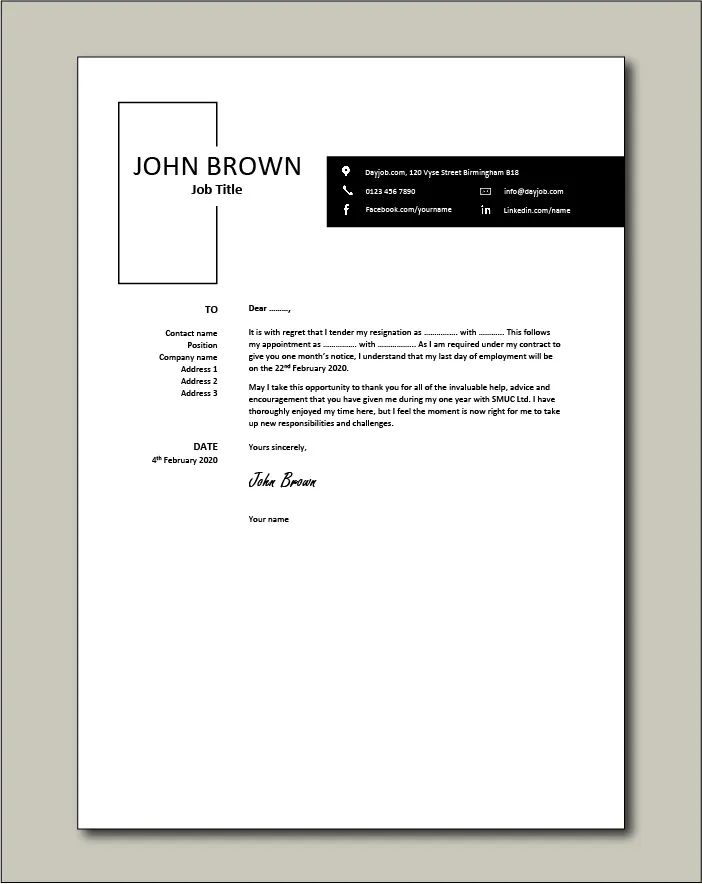The Purpose of a Resignation Cover Letter
A resignation cover letter serves as a formal, written notification to your employer of your intent to leave your position. It’s more than just a formality; it’s a crucial document that can impact your professional reputation and future career prospects. This letter allows you to state your resignation clearly, express gratitude, and maintain a professional tone throughout the transition. It provides a written record of your departure, ensuring clarity and avoiding potential misunderstandings. Properly crafting a resignation cover letter can leave a lasting positive impression on your employer, potentially opening doors for future opportunities, references, or even re-employment down the line. Essentially, this document helps to ensure a smooth and respectful exit from your current role.
Why You Need a Resignation Cover Letter
While you might verbally inform your supervisor of your resignation, a cover letter provides a documented record of your decision. It’s a formal communication that reduces the chances of miscommunication or disputes regarding your departure date or the terms of your leaving. In addition, a well-written cover letter allows you to express your gratitude for the opportunities you’ve received, which can be beneficial for future references or networking. It also allows you to offer assistance during the transition period, demonstrating your commitment to a smooth handover, which can leave a positive impression on your employer. Failing to submit a formal cover letter can be perceived as unprofessional and may damage your reputation within the company.
When to Use a Resignation Cover Letter
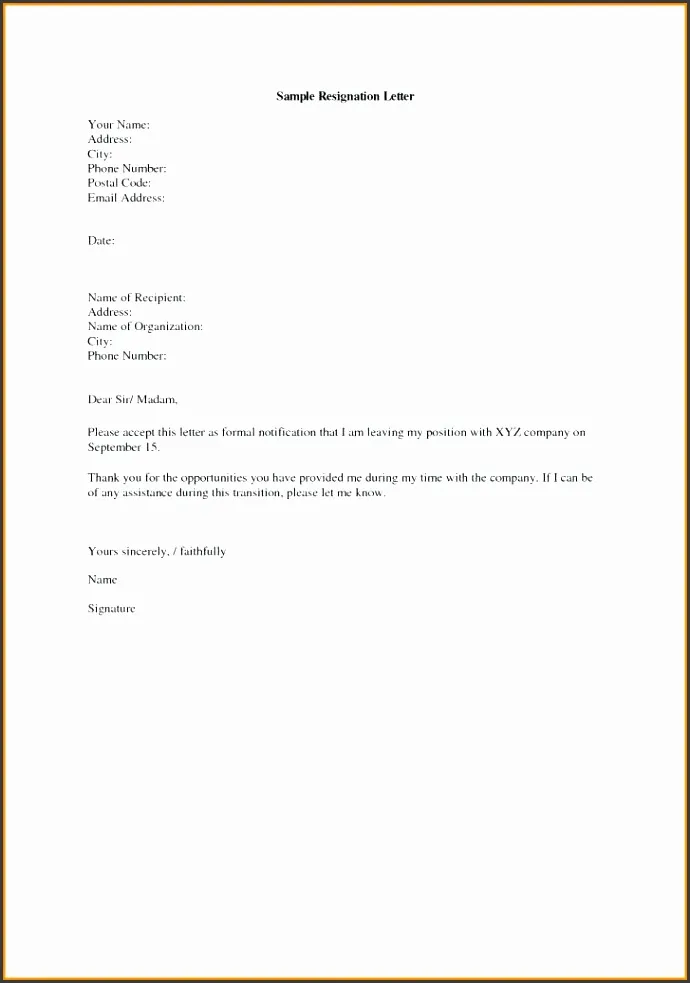
A resignation cover letter should be used in all instances where you are voluntarily leaving your job. Even if you have discussed your departure with your manager verbally, a written letter is essential. It serves as official documentation for HR and payroll purposes, ensuring that all legal and administrative aspects of your separation are properly handled. It is also crucial to send this letter before your last day of employment. Ensure you follow your company’s protocol, which may involve submitting the letter to your direct supervisor, HR department, or both. Always retain a copy for your records, as it serves as proof of your notification and departure terms. This simple practice can protect you from any future misinterpretations or disputes.
Key Elements of a Stellar Resignation Cover Letter
Your Contact Information
Begin your letter with your contact information at the top. This should include your full name, address, phone number, and email address. This information ensures that your employer can easily contact you with any necessary questions or paperwork related to your departure. Keeping your contact details up-to-date increases the chance of smooth communication during the transition period. This section should be concise and placed neatly at the top left or right corner of the document. Make sure the information is accurate and professional, reflecting your commitment to a responsible exit.
Date
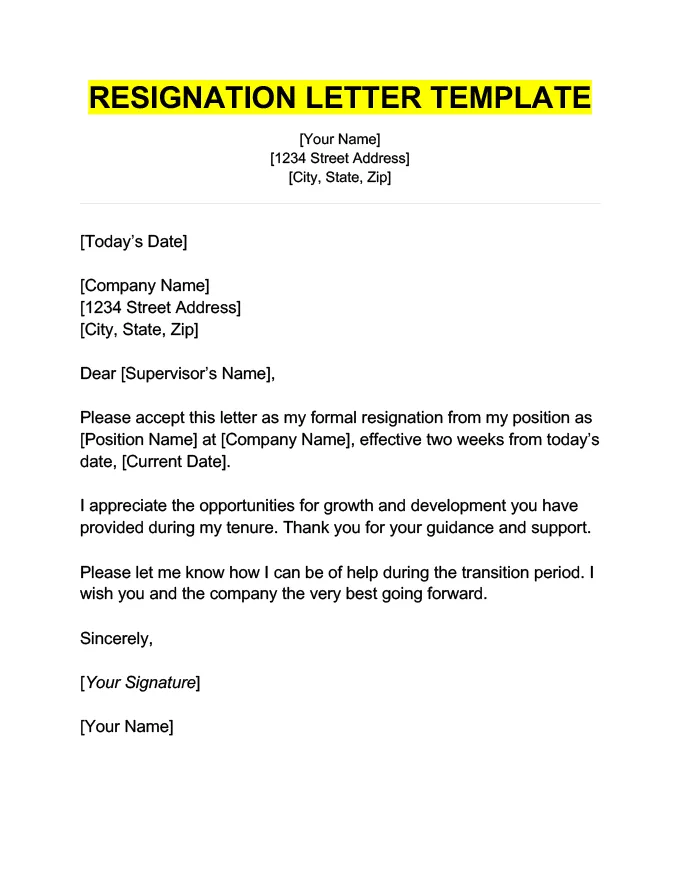
Below your contact information, place the date on which you are writing the letter. The date is crucial for establishing a clear timeline of your resignation. It serves as a reference point for the official record of your departure. Ensure the date format adheres to the standard used by your employer or the local conventions. This detail ensures the letter is officially recognized and clearly understood within the context of your employment record. The date helps the company track your resignation within its internal processes, such as payroll, benefits, and final administrative tasks.
Recipient’s Information
Directly below the date, include the recipient’s information. This typically includes the name and title of your immediate supervisor or HR manager, the company name, and the company’s address. Addressing the letter correctly shows respect and attention to detail, which reflects positively on your professionalism. Make sure you have the correct recipient’s name and title. Incorrect recipient information can create a negative impression or cause delays in the processing of your resignation. If unsure, always confirm with HR or your supervisor to ensure the letter reaches the appropriate person. This small detail is crucial for a smooth and respectful resignation process.
The Salutation
Start your letter with a formal salutation, such as “Dear Mr./Ms./Mx. [Last Name],” or “Dear [Supervisor’s Name].” Avoid overly casual greetings. If you are unsure of the recipient’s name, use a general greeting such as “Dear Hiring Manager” or “To Whom It May Concern,” but try to avoid these if possible, as a personalized greeting shows professionalism. The salutation sets the tone for the rest of the letter. A professional salutation signals respect and sets a positive tone, ensuring your message is received favorably. Maintaining a formal tone throughout this letter is crucial for preserving a professional image.
Stating Your Intention to Resign
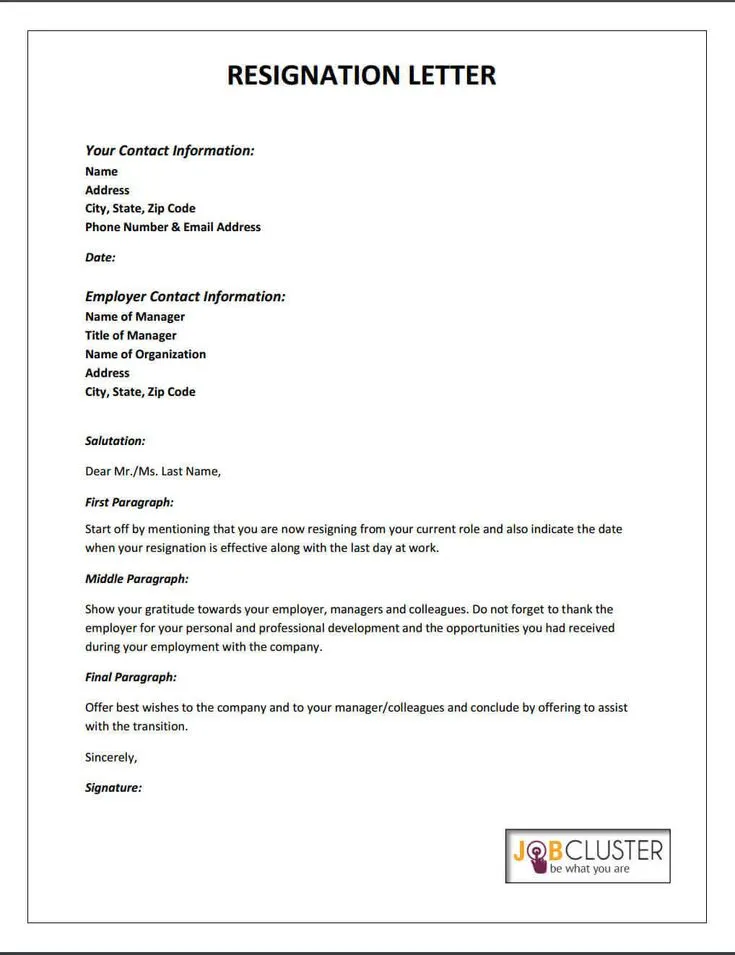
The first paragraph should clearly and directly state your intention to resign from your position. Avoid ambiguity. Use straightforward language like “I am writing to formally resign from my position as [Your Job Title] at [Company Name].” This opening statement leaves no room for misinterpretation and immediately conveys your decision to leave. Keep it concise and to the point; this ensures your message is clear from the outset. This sets the tone for the rest of the letter and avoids any confusion. It is crucial to start with a clear statement, ensuring your employer understands the primary purpose of your communication.
Clearly Indicate Your Departure Date
Following your statement of resignation, specify your last day of employment. This is a crucial detail for your employer to plan for your departure and ensure a smooth transition. State your last day clearly, for example, “My last day of employment will be [Date].” Make sure the date aligns with your employment contract or any required notice period. Providing this information upfront helps your employer manage workflows and initiate replacement procedures. It is crucial to adhere to any contractual obligations regarding notice periods to avoid any legal complications. If you’re unsure about the notice period, refer to your employment contract or consult with HR to determine the appropriate last working day.
Expressing Gratitude
Expressing gratitude is an important part of a resignation cover letter, as it reflects positively on your professionalism and leaves a favorable impression. Acknowledge the opportunities and experiences you’ve gained during your tenure with the company. Thank your employer for the chance to work in the role and for any specific benefits or growth opportunities you received. This demonstrates respect and appreciation. Gratitude helps to maintain a positive relationship. This also shows respect for your past and opens potential doors for future opportunities such as a good reference from a former employer.
Thanking for Opportunities
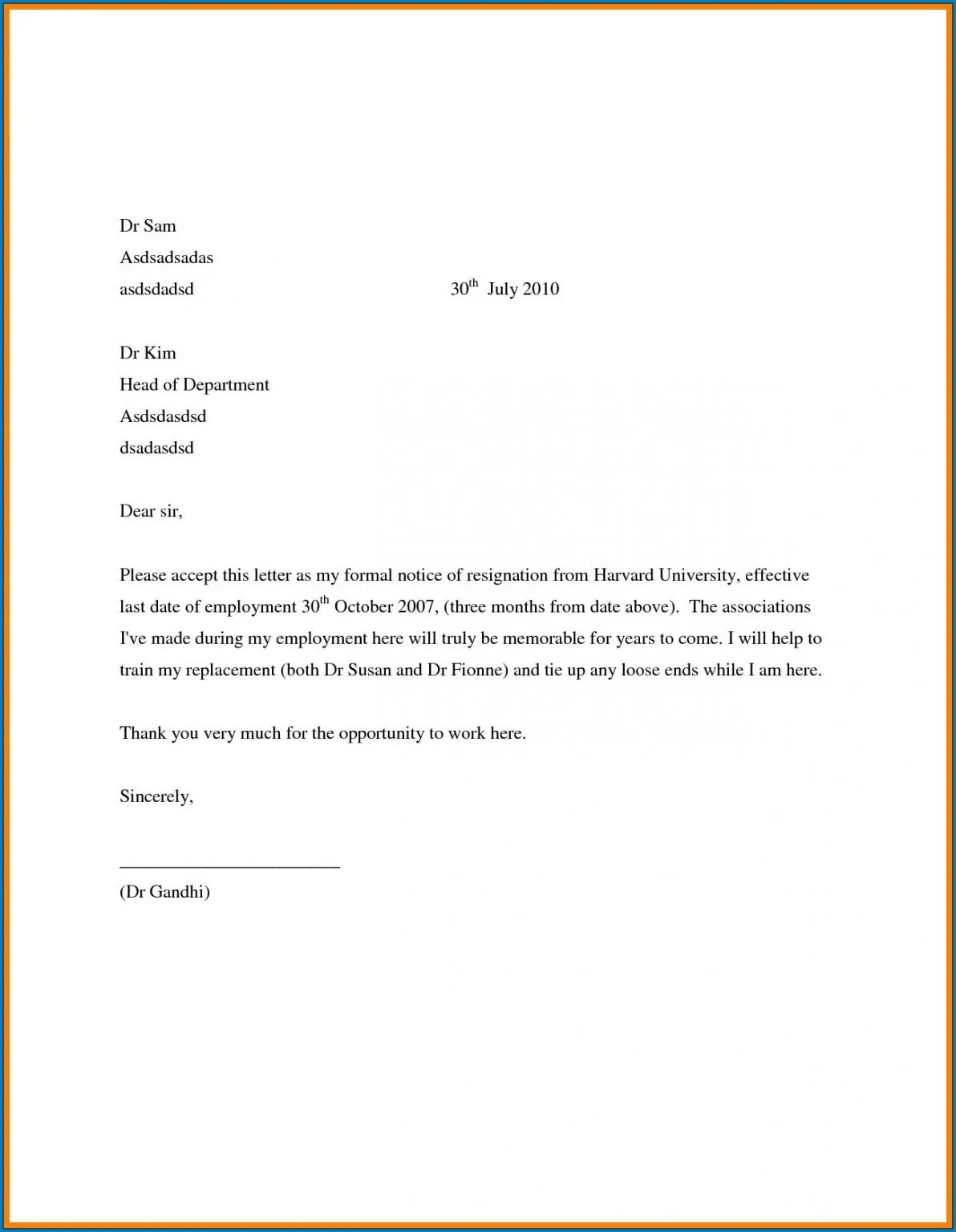
Thank your employer for the opportunities you’ve been given during your time at the company. This could include professional development, training, or project involvement. Mentioning specific examples shows that you were engaged and valued the experience. This strengthens the positive tone of the letter and helps to cement a good relationship with the employer. Acknowledging specific opportunities highlights your contributions and demonstrates your appreciation for the role. This approach shows you have valued the employer’s investment in your career.
Highlighting Positive Experiences
If appropriate, briefly mention any positive experiences or achievements during your employment. This could be specific projects you enjoyed or skills you developed. Positive reinforcement reflects your engagement and provides a favorable lasting memory. This demonstrates your contributions. Highlighting positive experiences is a good way to end the middle section of your letter. This reinforces the positive tone and helps you to conclude your time at the company on a high note. Even if the role wasn’t a perfect fit, find at least one element to highlight, demonstrating a professional attitude.
Offering Assistance During Transition
Offering assistance during the transition period is a sign of professionalism and respect for your colleagues and the company. Your willingness to help can smooth the handover process, ensuring a seamless workflow continuity. This reflects your dedication and commitment to the company’s ongoing success. By providing support, you show you care for the company and the colleagues you are leaving behind. This approach can also ensure you leave a positive lasting impression, which might be useful in the future.
Willingness to Train a Replacement
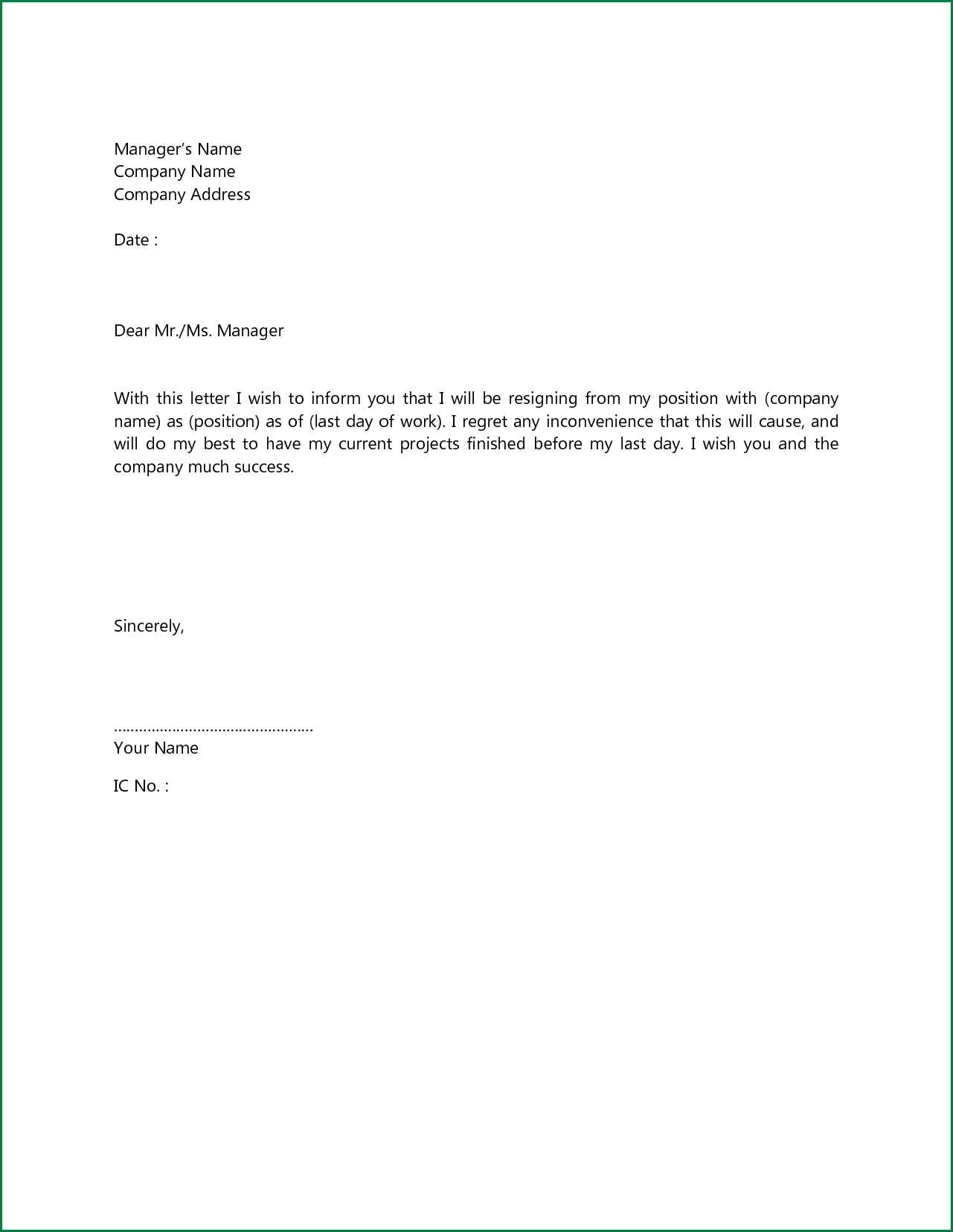
If possible and applicable to your role, offer to assist in training your replacement. This can significantly ease the transition and ensure that your duties are competently handed over. Mention that you are available to provide training and knowledge transfer to the incoming employee. This displays your commitment to ensuring continuity and helping the team. Your willingness to train a replacement also leaves a favorable impression of your work ethic and dedication to the company’s welfare. This action can significantly reduce the disruption caused by your departure.
Providing Support
In addition to offering training, provide general support during the transition. This might involve documenting processes, preparing handover notes, or assisting with any tasks necessary to ensure a smooth transfer of your responsibilities. Indicate your availability to answer questions or provide any necessary clarifications before your departure. Your support during this transition period contributes to the overall professionalism and helps maintain a positive relationship with your employer. Providing support is a practical way to demonstrate your commitment to the company’s success even after you leave, and it contributes to a more amicable exit.
Maintaining Professionalism
Maintaining professionalism throughout your resignation cover letter is essential to leave a positive lasting impression. This involves avoiding negative comments and keeping a positive tone throughout the document. Remaining professional ensures you maintain a favorable reputation and protects your future career opportunities. Even if your departure is due to negative circumstances, keep the letter focused on your contributions and gratitude. Maintaining a positive and respectful tone is crucial to the success of the letter.
Avoiding Negative Comments
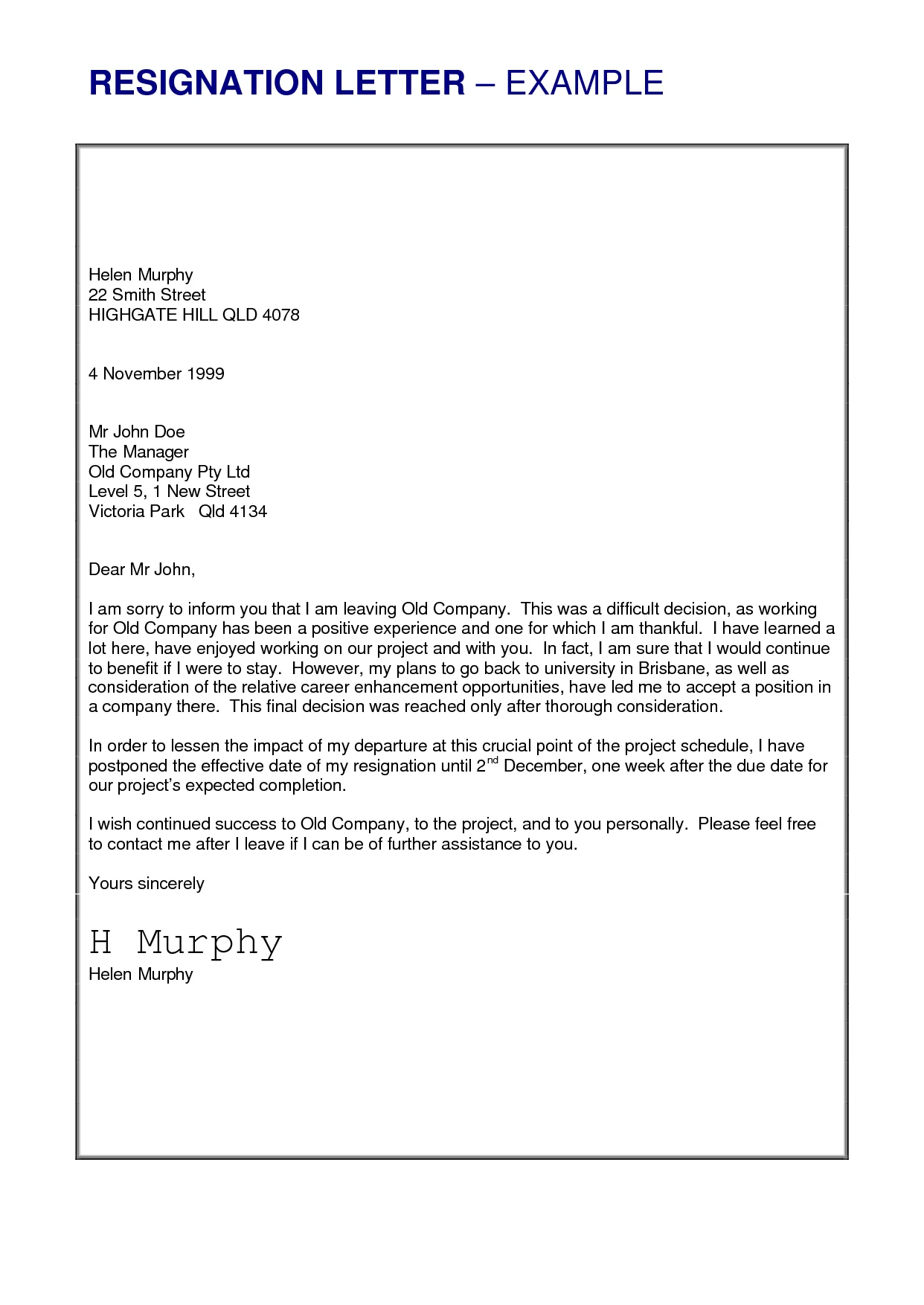
Refrain from making any negative comments about your employer, colleagues, or the work environment. This includes avoiding complaints, criticisms, or any expression of dissatisfaction. Such comments can damage your reputation and potentially jeopardize references or future opportunities. Focus on the positive aspects of your time at the company and highlight your achievements and the experiences you’ve gained. Instead of dwelling on the negatives, focus on the forward. Keeping the tone of the letter positive is key to maintaining a professional image and ensuring a smooth transition.
Keeping a Positive Tone
Ensure that the overall tone of your letter is positive and respectful, even if you are leaving for reasons beyond your control. Express your gratitude for the opportunities, and highlight the positive experiences you’ve had. Avoid sounding bitter or resentful, as this can reflect negatively on your character and professionalism. Use upbeat language to convey a sense of appreciation and enthusiasm. Keeping a positive tone helps you maintain a professional image and increases the likelihood of a favorable reference. This approach leaves a positive and lasting impression, which can benefit you in the future.
The Closing
The closing of your resignation cover letter is the final opportunity to leave a lasting positive impression. It involves a formal closing, your signature, and any optional inclusions. A well-crafted closing shows respect and reinforces your professionalism, setting a positive tone as you transition out of the role. Properly formatted endings are professional and show courtesy, and they conclude the letter with dignity and poise. Pay close attention to the details in this section.
Formal Closing and Signature
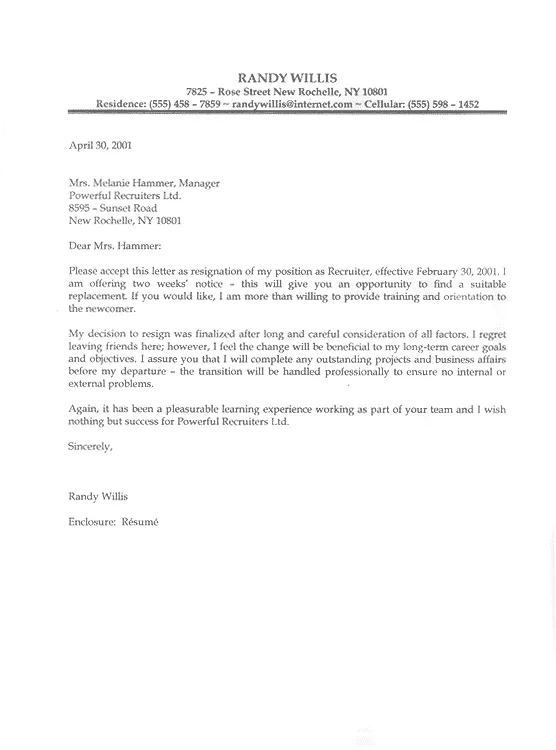
Close the letter with a formal salutation, such as “Sincerely,” “Best regards,” or “Thank you.” Following your formal closing, leave space for your handwritten signature above your typed name. Signing the letter with your signature shows commitment. A formal closure signifies respect, and the signature verifies the letter’s authenticity. Ensure your typed name is clear and easy to read. This also helps with easy record keeping. Always include these components to ensure the final impression is favorable and professional.
Optional Inclusion of a Reason
While not always necessary, you may choose to include a brief reason for your resignation. This should only be done if you feel it’s appropriate and if you are comfortable sharing the information with your employer. If you choose to include a reason, it should be concise, professional, and avoid any negative language. The decision to include the reason for your resignation depends on your personal preferences and the specific circumstances of your departure. Keep in mind your intention to keep the conversation positive and professional.
When to Include a Reason
You might choose to include a reason if it is a positive one, such as pursuing a new job, going back to school, or relocating. You should also consider including a reason if it is a matter of public record, for example, if you are leaving due to a company restructuring. However, you generally do not need to share personal information or details about disagreements, unless they are directly related to your reasons for leaving. Consider the context and your relationship with your employer before including a reason. This is an optional part of the letter, depending on whether it is positive.
How to Phrase Your Reason Professionally
If you include a reason, phrase it professionally and avoid using negative language. For example, instead of saying, “I am leaving because I am unhappy,” you could say, “I am pursuing a new opportunity that aligns with my long-term career goals.” If you’re moving, you could write, “I am relocating and have accepted a position in [New Location].” Keep the reason concise and focused on your future plans. If the reason is something specific, such as accepting another job offer, it’s okay to state it briefly, such as, “I have accepted a new position that offers me the chance to further develop my skills in [specific area]”. This concise and positive approach maintains a professional tone, reflecting your commitment to your professional journey and your respect for the employer.
